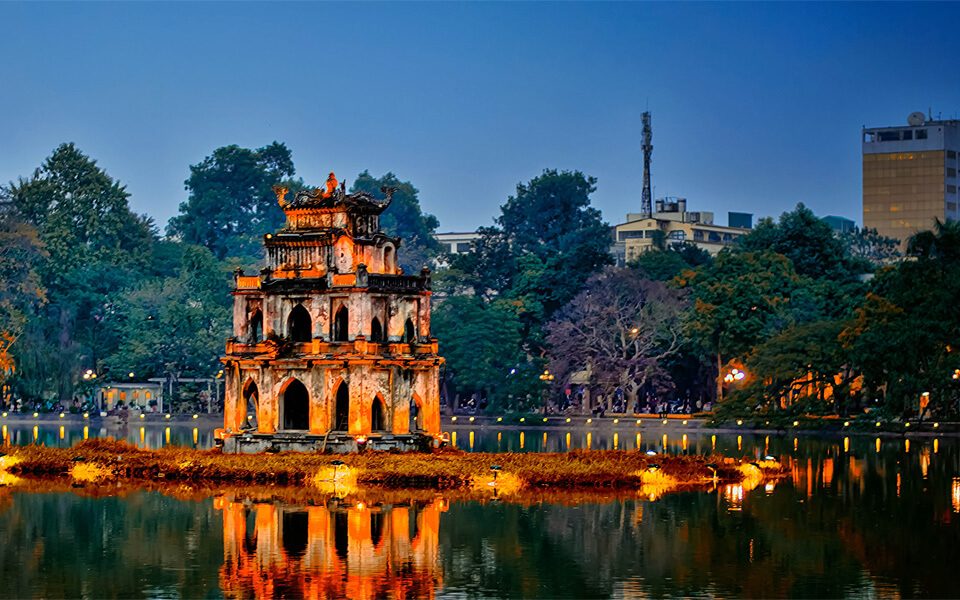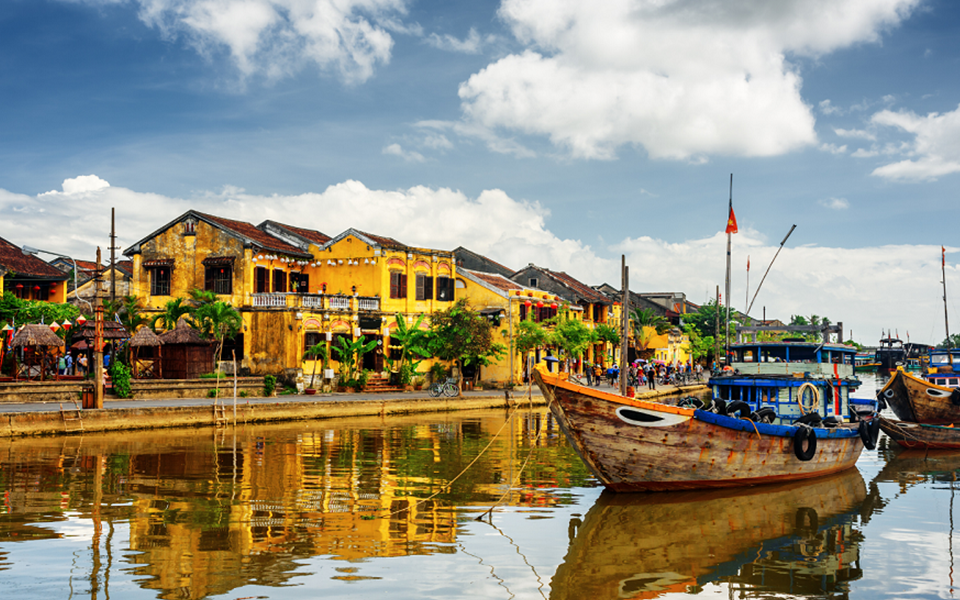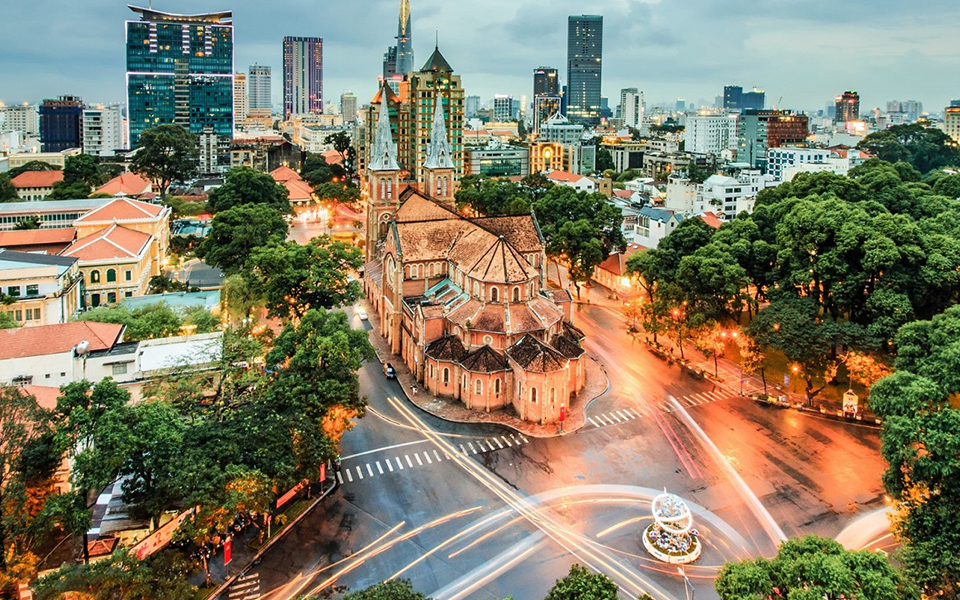- Home
- Travel Guide
- Noi Bai Airport Transfer
- Booking
- News
#1 Car Rental Hanoi Vietnam only 99$
These are the car models that we use to carry customers to travel according to their wishes, we have Compact car, Luxury car, Standard suv, Minivan, Pickup truck Business rentals.
Book a car quickly, just call or chat
The world's top quality reputation. Explore our first class limousine & car rental services. Free upgrade, Limited time holiday promotion, Manage your booking, Customer care...
More than 2000 latest car models
Constantly updating new cars to satisfy the luxury needs of customers
99% Satisfied Customers
Serving customers wholeheartedly and thoughtfully
Experienced staff
All staff members have many years of experience in the passenger transport industry and have won many international awards
Most Beautiful Destination
The best, most beautiful and most convenient travel destinations will be updated by us below, in addition, we will have travel guides and tips for everyone to experience and explore.
Car Rental Hanoi
Car Rental Hanoi is a vibrant and charming city that offers a lot of attractions and experiences for travelers. Whether you want to explore the historical and cultural sites, enjoy the delicious cuisine, or shop at the bustling markets, you will find something to suit your taste and budget.
However, getting around Hanoi can be a challenge, especially if you are not familiar with the traffic and public transportation system. That is why renting a car can be a great option for you to enjoy the city at your own pace and convenience. In this blog post, we will guide you through some of the best tips and tricks for finding the best deals and services for car rental Hanoi.
Why Car Rental Hanoi SixtVN?
Renting a car in Hanoi can offer you many benefits, such as:
- Flexibility: You can choose your own itinerary and schedule, without having to depend on the availability and timetables of buses, trains, or taxis. You can also visit places that are not easily accessible by public transportation, such as the countryside or nearby provinces.
- Comfort: You can enjoy a comfortable and spacious ride with air-conditioning, music, and other amenities. You can also avoid the hassle of carrying your luggage or dealing with crowded and noisy vehicles.
- Safety: You can drive safely with a reliable and well-maintained car that meets the international standards and regulations. You can also avoid the risk of getting scammed or overcharged by dishonest drivers or operators.
- Savings: You can save money by comparing different prices and options online and choosing the one that suits your needs and budget. You can also save time by avoiding the waiting time or traffic jams that may occur with public transportation.
How to Find the Best Deals and Services for Car Rental Hanoi?
There are many factors that you need to consider when looking for the best deals and services for car rental Hanoi, such as:
- Car type: You need to choose a car type that matches your group size, luggage needs, and preferences. There are different car types available for rent in Hanoi, such as economy, standard, SUV, people carrier, estate, convertible, or luxury. You can check out some examples and compare prices on platforms like Sixt.vn.
- Car rental company: You need to choose a reputable and trustworthy car rental company that offers high-quality cars and services. There are many car rental companies operating in Hanoi, such as SixtVN, Avis, Rental Cars Hanoi, or Hanoi Journey. You can read reviews and ratings from previous customers to get an idea of their performance and reputation.
- Pick-up and drop-off location: You need to choose a convenient and accessible pick-up and drop-off location for your car rental. The most common pick-up and drop-off location is Noi Bai International Airport (HAN), which is about 45 km away from the city center. However, you can also choose other locations in the city, such as your hotel or a designated point.
- Booking method: You need to choose a convenient and secure booking method for your car rental. The most common booking method is online, where you can easily compare different options and prices, make reservations, and pay with cash or credit card. You can use platforms like SixtVN
- Additional services: You need to check if there are any additional services or fees that are included or excluded in your car rental deal. Some of the common additional services or fees are insurance, fuel, driver, tolls, taxes, surcharges, or extras. You need to read the terms and conditions carefully before confirming your booking.
We are the Best Car Rental Hanoi for Your Needs
As you can see, there are many options and factors that you need to consider when looking for the best car rental Hanoi for your needs. Whether you want flexibility, comfort, safety, or savings, you can find an option that suits you best. Just make sure to do some research beforehand and book your car rental in advance if possible.
We hope this blog post has helped you learn more about car rental Hanoi and how to find the best deals and services for your trip. If you have any questions or comments, feel free to leave them below.
We would love to hear from you!





